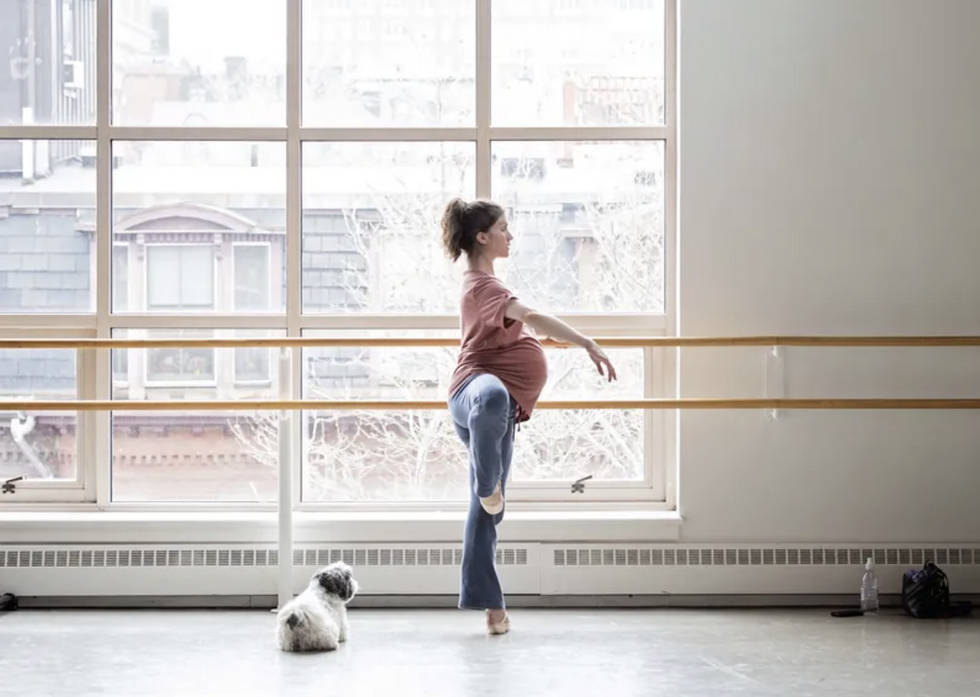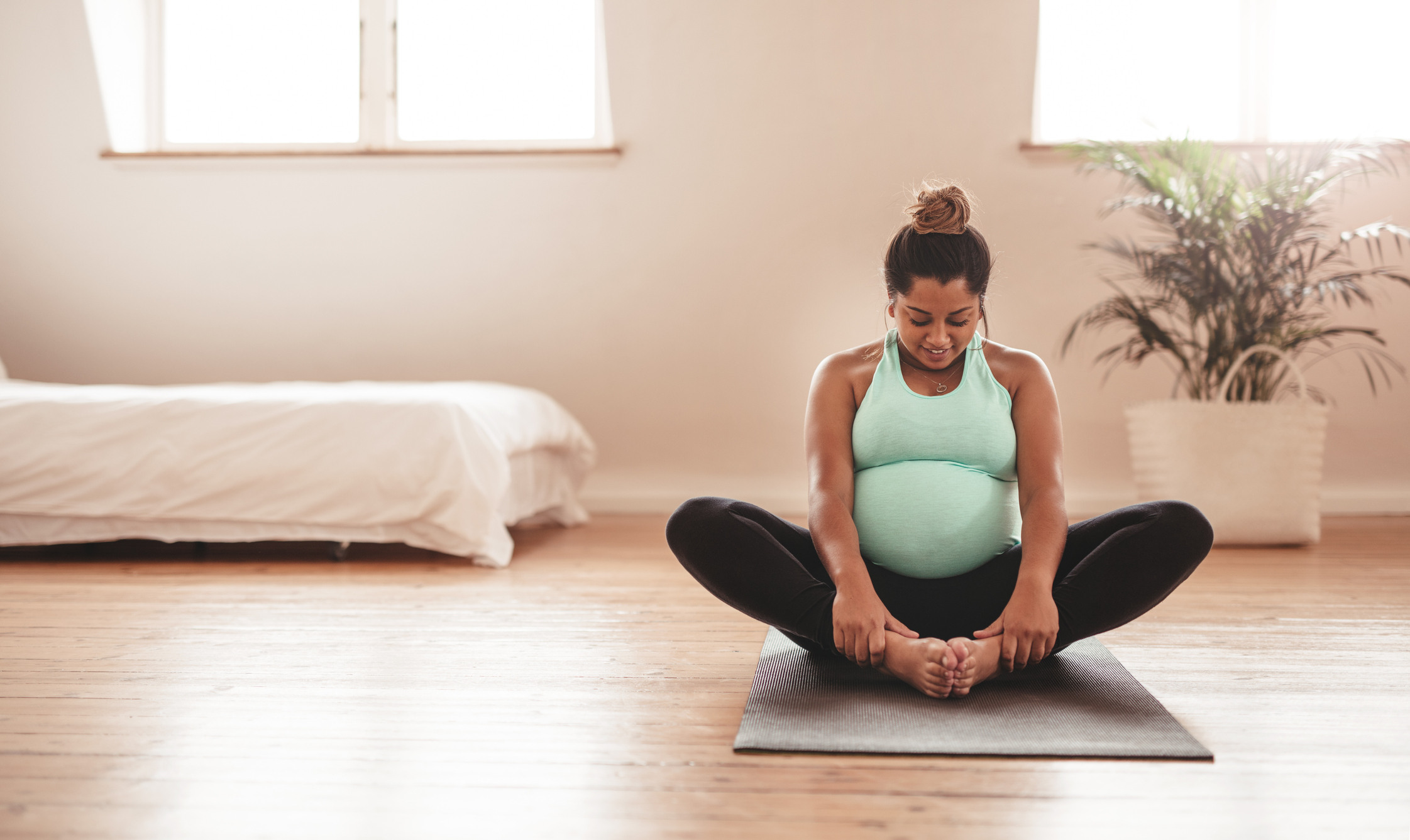So You’re Pregnant. Here’s How to Keep Dancing Safely
Back in the day, most dancers who wanted to get pregnant waited until after their performing careers to start a family. But today, there are more dancing moms than ever before who are inspiring audiences onstage each night, then going back home to their little ones.
But when you get pregnant in the middle of a season, how can you make sure you’re keeping both your baby and your own body safe?
About that extra flexibility…
When you’re pregnant, your body releases a hormone called relaxin to loosen up the ligaments in your pelvis so that the birth canal can expand. But relaxin affects you from head to toe. The extra flexibility may seem like a great thing for a dancer, but it actually means you’ll need to take extra care to prevent injury.
Elizabeth Manejias, MD, writes in Dance/USA’s paper on pregnancy that some dancers may consider avoiding:
- big jumps
- overstretching
- stretching the inner thighs in a straddle position, since this could cause excessive pulling on the pubic symphysis, which might separate during pregnancy
- spending long hours on your feet barefoot or in shoes without arch support, which could lead to overstretched foot and ankle ligaments
How much dancing is too much?
When you’re exercising, blood gets diverted to your working muscles to make sure they’re getting enough oxygen—which could potentially mean less blood going to your uterus.
Fortunately, the current guidelines from The American College of Obstetricians and Gynecologists suggest that those who are highly active before a healthy pregnancy should be able to continue high-intensity exercise without any adverse affects—and the Centers for Disease Control and Prevention encourages at least 150 minutes of moderate aerobic activity each week.
But you should always run your dance schedule by your doctor or midwife, and have them monitor how your body reacts to your workload, suggests Manejias.

Former Boston Ballet dancer Sarah Wroth
Photo by Igor Burlak, Courtesy Wroth
Yes, your balance will change
When a human is growing inside of you, your center of balance inevitably gets thrown off. Manejias writes that an enlarged uterus, increased lumbar curve and anterior pelvic tilt can all increase your risk of falling while dancing.
Avoid any dance styles where you don’t feel like your balance is secure, and of course, anything that might put pressure directly on your abdominal region (looking at you, floorwork).
You might feel short of breath
As your uterus expands, your diaphragm and lungs may no longer have as much room as they used to. Increased levels of progesterone can also cause you to breathe faster. Although this can make highly physical dancing more difficult, fortunately, it’s typically harmless, unless symptoms are severe.
You’ll obviously need extra fuel
When pregnant, you typically need to eat an extra 150 calories a day during the first trimester, increasing to an extra 300 by the third. If you’re in the studio all day, you’ll need to make up for the energy expenditure from those hours spent dancing, too. Your doctor can help make sure you’re gaining a healthy amount of weight.
If the studio becomes a sauna
No matter how hard you’re dancing, make sure you’re keeping cool. When your own core temperature rises, it’s harder for the fetus to transfer its heat to your body and thereby cool itself. Experts recommend avoiding extreme heat—steer clear of anything that raises your temperature to 102.2 degrees for longer than 10 minutes. (Save the hot yoga and bubble baths until after delivery.)
And make sure to always stay hydrated—Manejias writes that dehydration can cause increased uterine contractions.
When to stop dancing
The American College of Obstetrics and Gynecology says you should stop exercising immediately and call your OB if you experience any of the following:
- bleeding from the vagina
- feeling dizzy or faint
- shortness of breath before starting exercise
- chest pain
- headache
- muscle weakness
- calf pain or swelling
- regular, painful contractions of the uterus
- fluid leaking from the vagina
And they suggest that those with the following conditions don’t exercise at all:
- certain types of heart and lung diseases
- cervical insufficiency or cerclage
- being pregnant with twins or triplets (or more) with risk factors for preterm labor
- placenta previa after 26 weeks of pregnancy
- preterm labor or ruptured membranes (your water has broken) during this pregnancy
- preeclampsia or pregnancy-induced high blood pressure
- severe anemia





